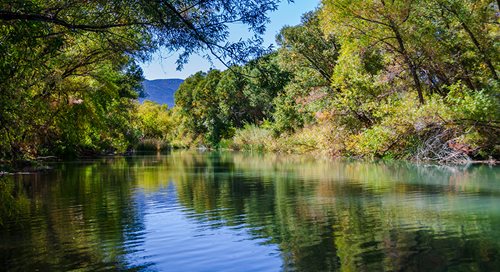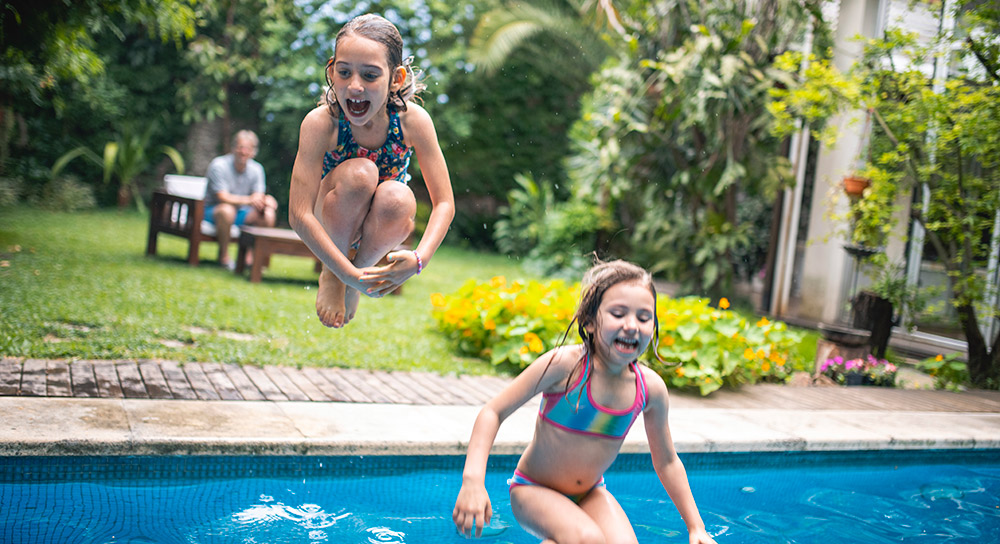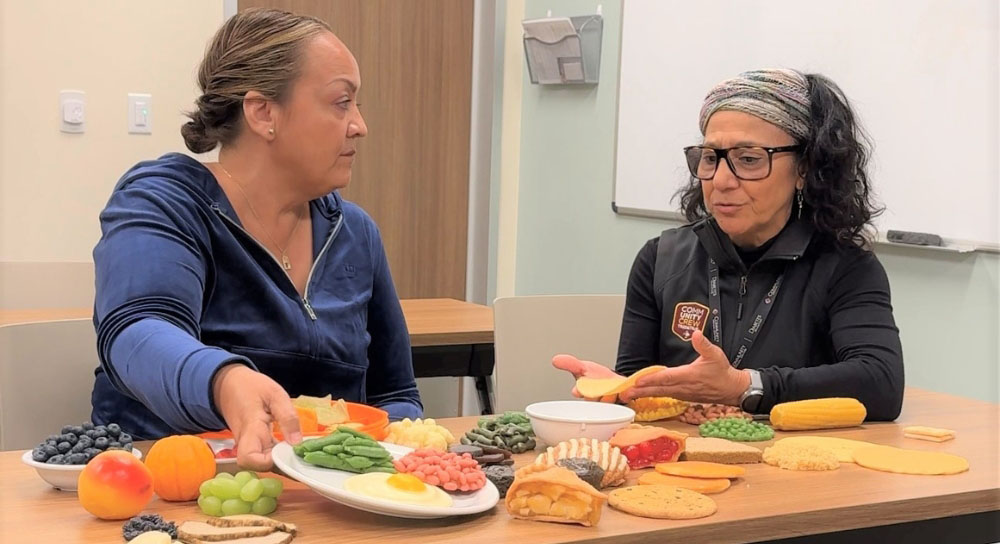When it’s hot outside, a dip in the pool, lake or river can be a great way to cool off and have fun with your family. But any body of water – even a small backyard pool – can prove deadly if you’re not paying attention, especially to children.
Drowning is the leading cause of preventable death in Fresno County for children under the age of five, and the second leading cause of death in adolescents and adults ages 15 to 44.
“We see anywhere from 10 to 20 drownings a year here in Fresno County, as well as many potential drownings or nonfatal drownings,” said Eliana Troncale, an injury prevention outreach specialist in the trauma program at Community Regional Medical Center.
For every child who dies from drowning, another eight receive emergency care, according to the Centers for Disease Control and Prevention.
With that in mind, here are a few safety tips.
Bathtubs, toilets and pools
About 50% of drowning deaths in Fresno County happen in swimming pools, but many children also drown in bathtubs and toilets. Drowning injuries can cause brain damage and other serious outcomes, including long-term disability.
Accidental drownings can happen very quickly if you stop watching children near water to answer the phone or go to the bathroom, for instance. “You take your eyes off the young ones for, I’ve heard ‘seconds,’ and that’s enough time for them to get in danger,” said Troncale.
If you have a pool, you’ll want to teach your children to swim. Babies can be introduced to the water as young as four months old and start taking swim lessons at one year, said Troncale. You should also tell children and teens they must always swim with a buddy and set a good example by doing so yourself.
Troncale uses the acronym A-B-C to remind parents to stay vigilant around water:
A – Adult supervision. Never leave a child unattended or out of reach. If you have a kiddie pool, always drain it after use and store it upside down. Keep lids down on toilets and drains and turn over buckets with fluid in them.
B – Barriers. If you have an in-ground pool, be sure there is a fence or barrier to prevent children from having direct access.
C – Cardiopulmonary resuscitation (also known as CPR; see video below). CPR is an emergency lifesaving procedure performed when the heart stops beating (a cardiac arrest). “We really want to encourage parents and any adult who supervises children to learn CPR,” said Troncale.
Lakes and rivers can change fast
Even if you’ve been to a lake many times, be careful diving or jumping in if you can’t see all the way to the bottom. When water levels are low, as they may be this summer, there could be rocks, trees or other hazards just under the surface. Most lake drownings result from getting a leg or ankle caught in an underwater rock ledge, between boulders, or snagged in tree limbs or other debris.
 Rivers can be dangerous, too. Water districts in our area periodically release water from the dams into rivers, including the Kings and San Joaquin rivers. When this happens, water levels rise fast and the current can become strong enough to sweep you off your feet.
Rivers can be dangerous, too. Water districts in our area periodically release water from the dams into rivers, including the Kings and San Joaquin rivers. When this happens, water levels rise fast and the current can become strong enough to sweep you off your feet.
If you or someone with you falls into fast-moving water, do not try to stand up. The current can push you over and hold you under. Instead, try to float on your back, feet downstream, toes pointing up. Be prepared to fend off rocks with your feet as the current carries you downstream to a safe exit point.
Also:
Know local weather conditions before setting out. Strong winds and thunderstorms with lightning strikes can be dangerous if you’re near water.
Avoid drinking alcohol when swimming or boating.
Make sure everyone in your group can swim, and remain vigilant when children are near the water.
Never swim in canals or ditches
Children and teens in rural areas should be taught to stay out of canals and ditches.
Water in canals or ditches may look like it’s moving slowly on the surface, but underneath it can be moving fast enough to pull swimmers under. In some seasons, this water is cold enough to weaken a struggling swimmer, and the sides may be sloped and slippery so it’s hard for them to climb out.
CPR could help you save a life
In addition to these safeguards, learn CPR. Immediate CPR can double or triple the chances of survival after cardiac arrest, according to the American Heart Association.
“Accidents or injuries don’t always happen in the hospital or a doctor’s office,” said Community Regional emergency room nurse Amy Campbell. “The more (of the general public) who know CPR, the better chances of survival for those patients who have cardiac arrest,” she said.
You can learn more about this life-saving technique at the local Red Cross or from our video below featuring Campbell.



.jpg?language=en-US)


